Yeadonian
Recording, conserving and promoting the landscape and rocks of the Sheffield region
Yeadonian Sub-stage
Pot Clay
Yeadonian strata comprise only some 50 m in thickness, ranging from the Gastrioceras cancellatum
Marine Band at the base to the Gastrioceras subcrenatum
or Pot Clay Marine Band above, which marks the start of the Westphalian Stage (Coal Measures, Figs.1 and 2). Again, mudrocks form a significant part of the sequence and the Pot Clay near the top has been worked extensively, especially in the Loxley Valley, for making refractory bricks for lining furnaces and, when mixed with another clay from Stourbridge, for crucibles for the Huntsman process of making steel. Locally, a tough ganister is developed just above the Pot Clay (Fig. 3). An intermittent thin coal seam, the Pot Clay Coal is also recorded.
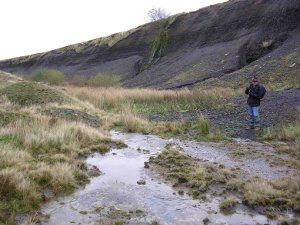
Fig. 1: The Pot Clay horizon in an old fireclay working, Loftshaw, near Ughill
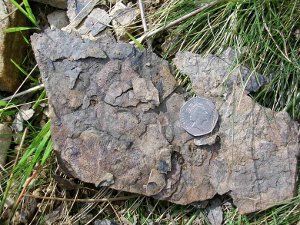
Fig. 2: Bivalves and goniatites of the Gastrioceras subcrenatum Marine band. Totley Moors
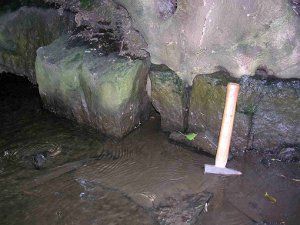
Fig. 3: Ganister above the Pot Clay (and below holly roots) at Shepherd Wheel, Porter Valley, Sheffield
Rough Rock (up to 30 m thick)
The Rough Rock forms an extensive outcrop to the immediate west of Sheffield and continues to West Yorkshire, where it is worked for a wide variety of building stone products. It is mostly a coarse-grained feldspathic sandstone, with cross-bedding, but it is locally more thinly bedded, sufficient to be known separately as the Rough Rock Flags. Indeed roofing flags from the Rough Rock or Rough Rock Flags were highly prized in the days before the coming of Welsh slate (Figs. 4 and 5). The unit is still actively worked near Huddersfield for paving stones, as seen in the Peace Gardens in the centre of Sheffield.
The base of the Rough Rock is often erosional and in places it rests upon another marine band, Gastrioceras cumbriense. The Rough Rock forms a dominant feature in the landscape and often marks the edge of the predominantly moorland or rural land use before the built-up areas of Sheffield and Barnsley on the Lower Coal Measures to the east(Fig. 6).
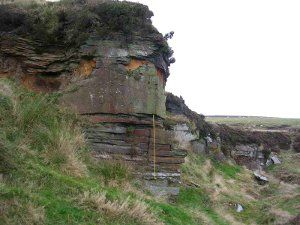
Fig. 4: Rough Rock sandstones and flagstones, Brown Edge Quarry, Ringinglow
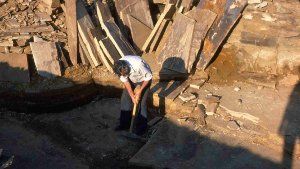
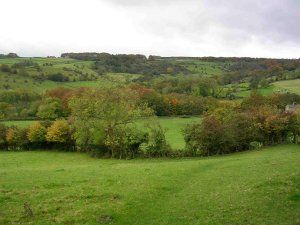
Fig. 6: Rough Rock forming the hills above the Porter Valley, Sheffield
email: sageologytrust@gmail.com
Copyright: Sheffield Area Geology Trust. Registered Charity No. 1133465, England
